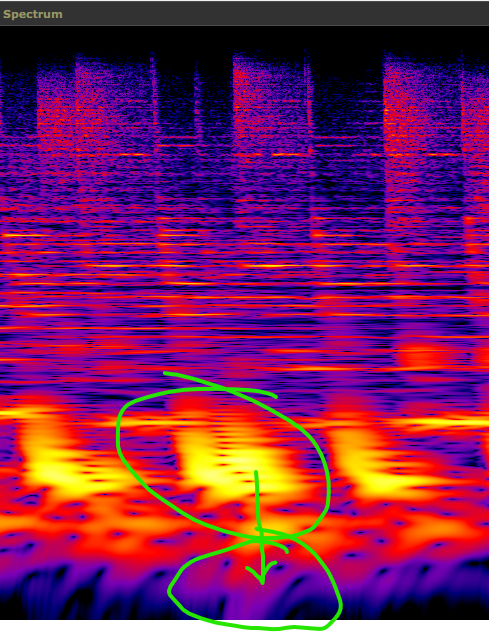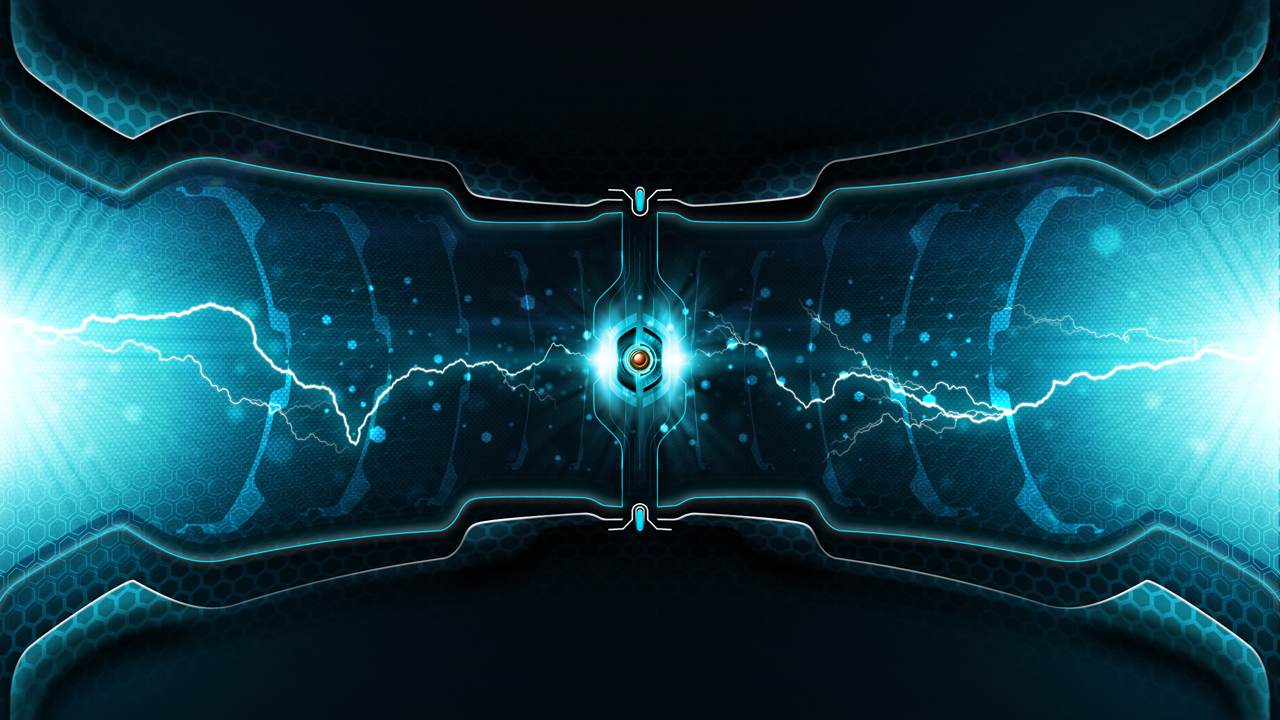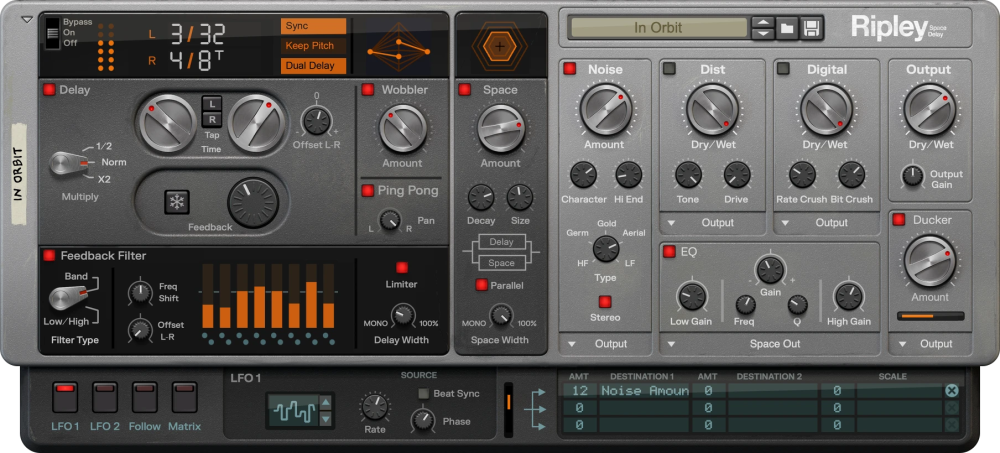-
Posts
297 -
Joined
-
Last visited
-
Days Won
19
Content Type
Profiles
Forums
8Tracks
Events
Blogs
Posts posted by Xaleph
-
-
I plan to make the bass move a little more so it matches the original bass - obviously have a real intro and kind of follow this whole sneaky style
-
There we go - a quick ninja
-
I can do that ninja song
psytrance if you’d like. I can sketch something together. If you need more info. I’m just flying back and I have a fever today. I’ll put something together this week when I’m back.
-
Yeah - this song is awesome, what an all-star group to put together such a great song!
-
This is great - I love the use of panning with piano and synths to widen the track! The violin sounds great! The EDM parts of this song are solid - would love to hear more from you!
-
I love the atmosphere you create with the instruments in this song. Great use of depth (percussion) and lightness with the piano. As a brass player, I really appreciate the brass being used =)
-
I love hearing such amazing talent on the keys. Thank you and I hope to hear more!
-
I love the intro sfx, really widens the mix. The subtle textures and synths that come in really fill out this song. That kick and bass combo is killer. I love the energy flow of this piece - great work!
-
-
I love the build-up of this song and the ending. The vibe that this song gives too is amazing. Great work!
-
I love the groove of that bass. What a great take of this epic theme! This is one of my favorites!
-
I loved the piano work in this song and the way the band just comes together. It really reminds me of some of the older jazz songs I'd hear being played in my house by my parents and grandparents, this song takes me way back and I love it! Great job!
-
-
Essentially you want something that combines either in parallel or in sequence the delay -> reverb so mimic various rooms. Using a tool to get the correct bouncing and frequency range after the sound bounces off different walls will give you the ability to program each of these effectively mimicking a room. There are several VSTs and tools that do this and you can create your own fx chains to do something similar.
Running them in parallel is a quick way to trick the ear to think it's in a room - however, the correct way would be to set up several to mimic each surface in the room or to use the profile tool I mentioned - which will take in the initial delay and the spread after the first bounce/reflection. Either way, it's really using both delay and reverb to mimic the physics of how sound bounces off (delay) and spreads/decays (reverb) off each surface in your room. I understand that the tooling is different, but to science, it's the same, we're just mimicking the behavior with something that decays and something that repeats with less volume (and other effects).
I hope this helps!
-
I added Ugritone back as they're now funded again - looks like they may move to https://musicalbits.de/. I'll update the link if it becomes official.
-
On 6/12/2024 at 7:31 PM, paradiddlesjosh said:
It'll be up to you to decide how big you want this cathedral to be and calculate accordingly. You can also fudge those delay timings to simulate a colder or warmer room -- e.g. at 0C or 32F (freezing point of water), the speed of sound is about 331 m/s (1086 ft/s), or 331 mm/ms (1.086 ft/ms), so the time to the floor is about 4.9-5.3 ms. Not much slower for the first reflection, but the difference is more noticeable for further surfaces.
I was watching a tutorial on how to profile a reverb in a specific place using some tools. Like, I think you use some kind of beep or tap and record it using this device, and then it comes up with the reverb profile (or something like that?). I can dig through my sources, but I thought it was related to this topic and definitely interesting.
-
It depends - the gap adds more energy, without the gap will curb the energy. Are you going for a very high-energy moment, or are you teasing the user to build up later?
I discuss this in our Energy Management Sages video.
-
DT 880 and 990 Pros are both good - great options there, I have a lot of friends who use those and love them. I'm more of a Sennheiser guy, they just feel more comfortable and the sound quality is crisp.
I typically like to have several headphones - I use the following:
- Sennheiser 595 HD
- Sennheiser 600 HD
- Audio Technica ATH-M50X (good for low end/bass management but mostly unbalanced IMO)
And then I use different kinds of Bluetooth earbuds to try out a variety of how listeners will hear it
- Apple AirPods
- Skullcandy Dime (Cheap but you can hear low frequencies easily)
I would also recommend open back/studio headphones. You'll get much better clarity on mids/highs. The main problem I've had with open back is the low / bass is usually pretty soft - which makes my mixes very low heavy unless I use another pair of headphones to analyze and tone it back.
One more thing - there are some websites that show the frequency accuracy coming out of the headphones. Some people are saying those are rigged or altered to favor sponsors (maybe true?). It's not a bad idea to at least know generally speaking if some headphones are mostly balanced or not. I like those graphs, but I understand the scrutiny.
-
-
On 8/23/2024 at 10:45 AM, SystemParadox said:
Where is the "they're impulsive, and unpredictable" clip from? It's familiar but I can't work it out.
I'm not sure if it was V2 or V3 - it was one of them.
-
Yes join us on discord
-
I did some light mastering on it - the kick is too loud and the tail is too long. Because it's so low heavy, the song is being pulled down.
This is what it is after the changes I made
Essentially what I did was lower your kick and bass frequencies, which allowed me to raise the overall mix.

Again it's a really rough job - but this did make it sound a little cleaner. Prior to mastering - you'll need to fix this on a mix level, like the kick needs some sculpting so it doesn't weigh down the mix.
Also - you have these double kicks that sounds like a mistake with good speakers since the compressor is masking clipping that should happen here:

You need to change the tail/length of the first hit so it doesn't bleed into the second one (or have it just not overlap in the drum settings if that's available to you in the VST/tool you use).
In any case - it was a really quick job, but the many issues result from the mixing of the bass and kick, which cause issues with the rest of the mix.
I hope this helps =)
I can send the mp3 to you on discord if this helps - I attached it here, but it was acting a little buggy.
-
It's been at least a few days since @Ryan8bit and I did a mix. To put more icing on the cake, I was able to collab with @paradiddlesjosh and @ZackParrish! This was fun to write - ty all!
-
I’m interested.







Ninja - Xaleph
in Auditions
Posted
Also - I would want live guitars and live harp - so probably a collab with people.